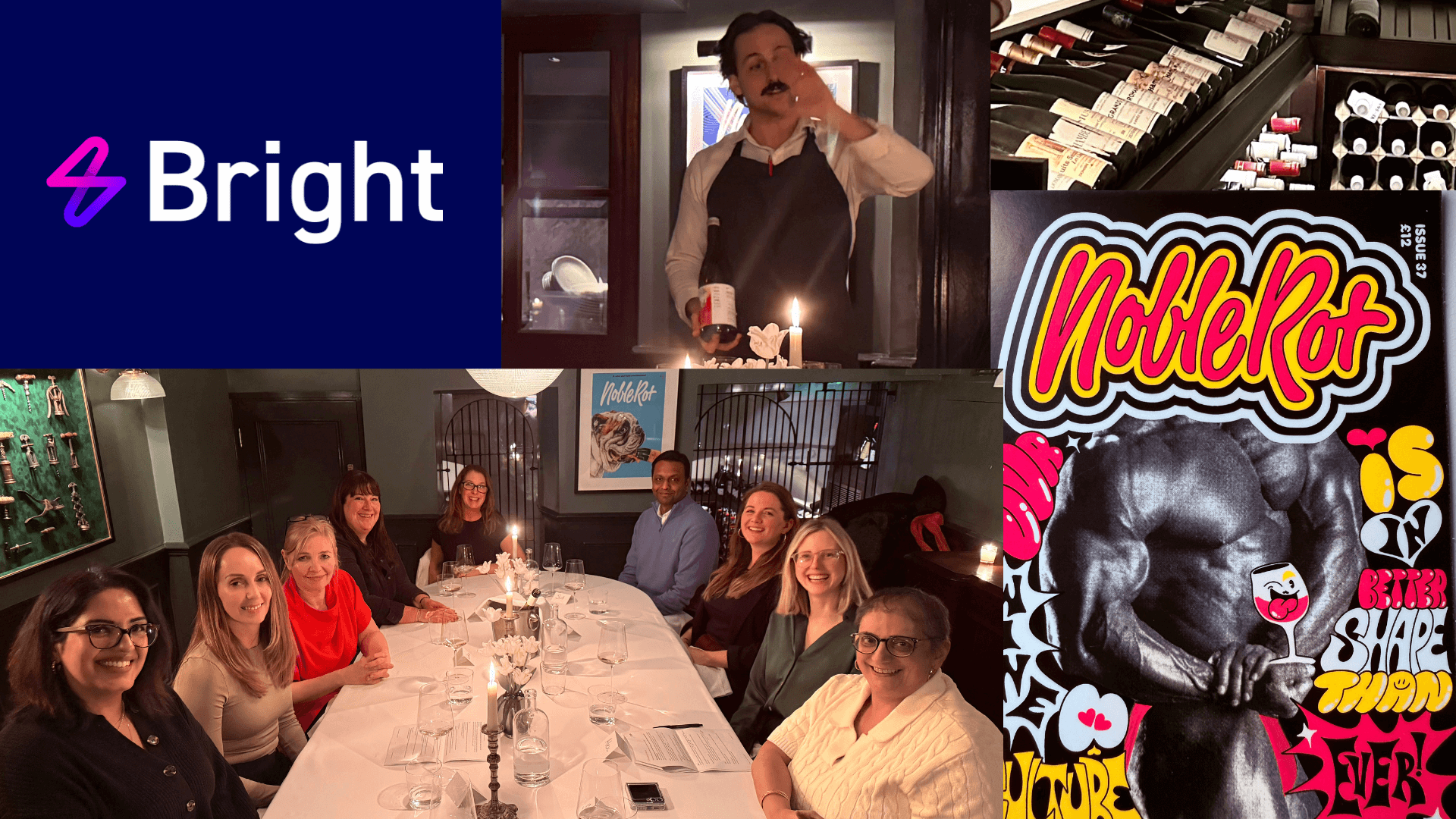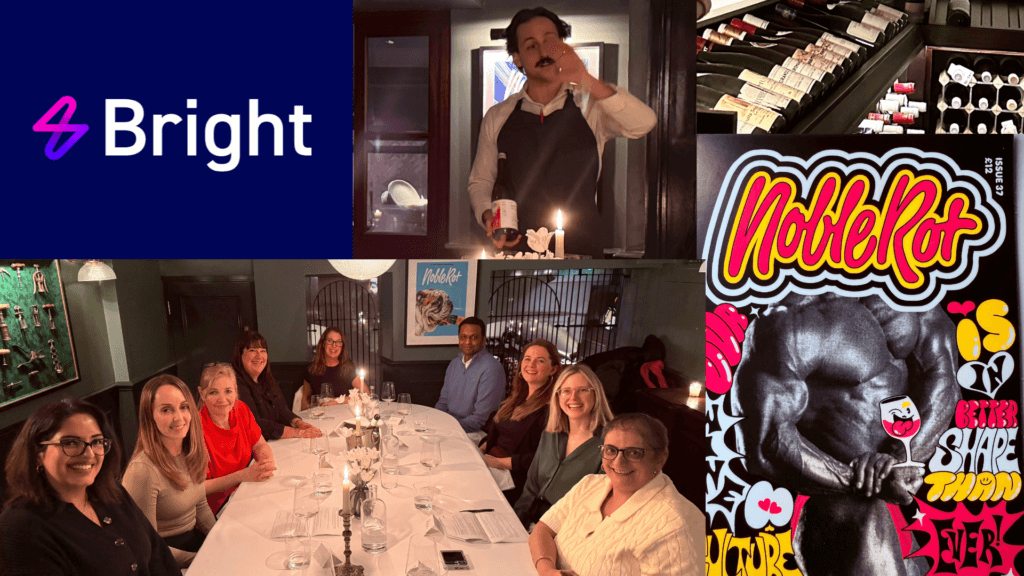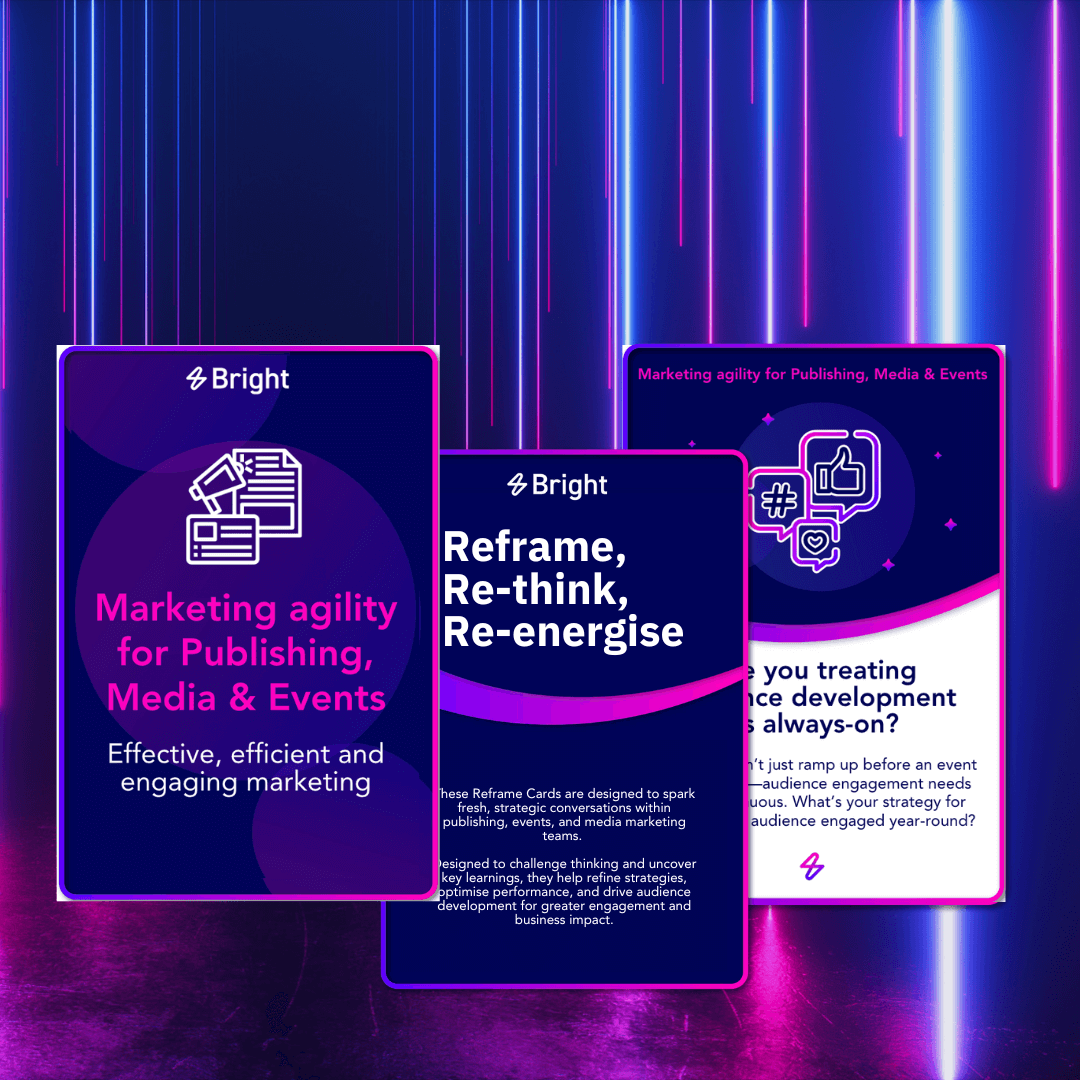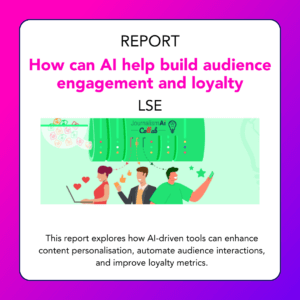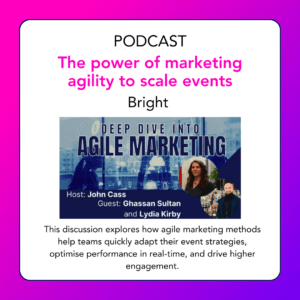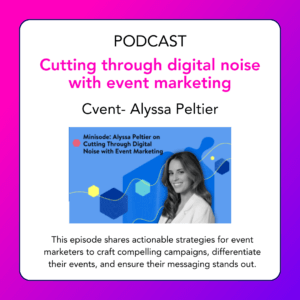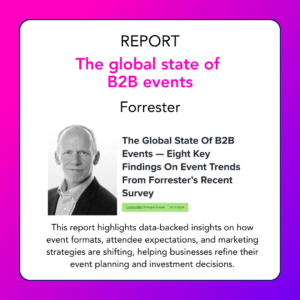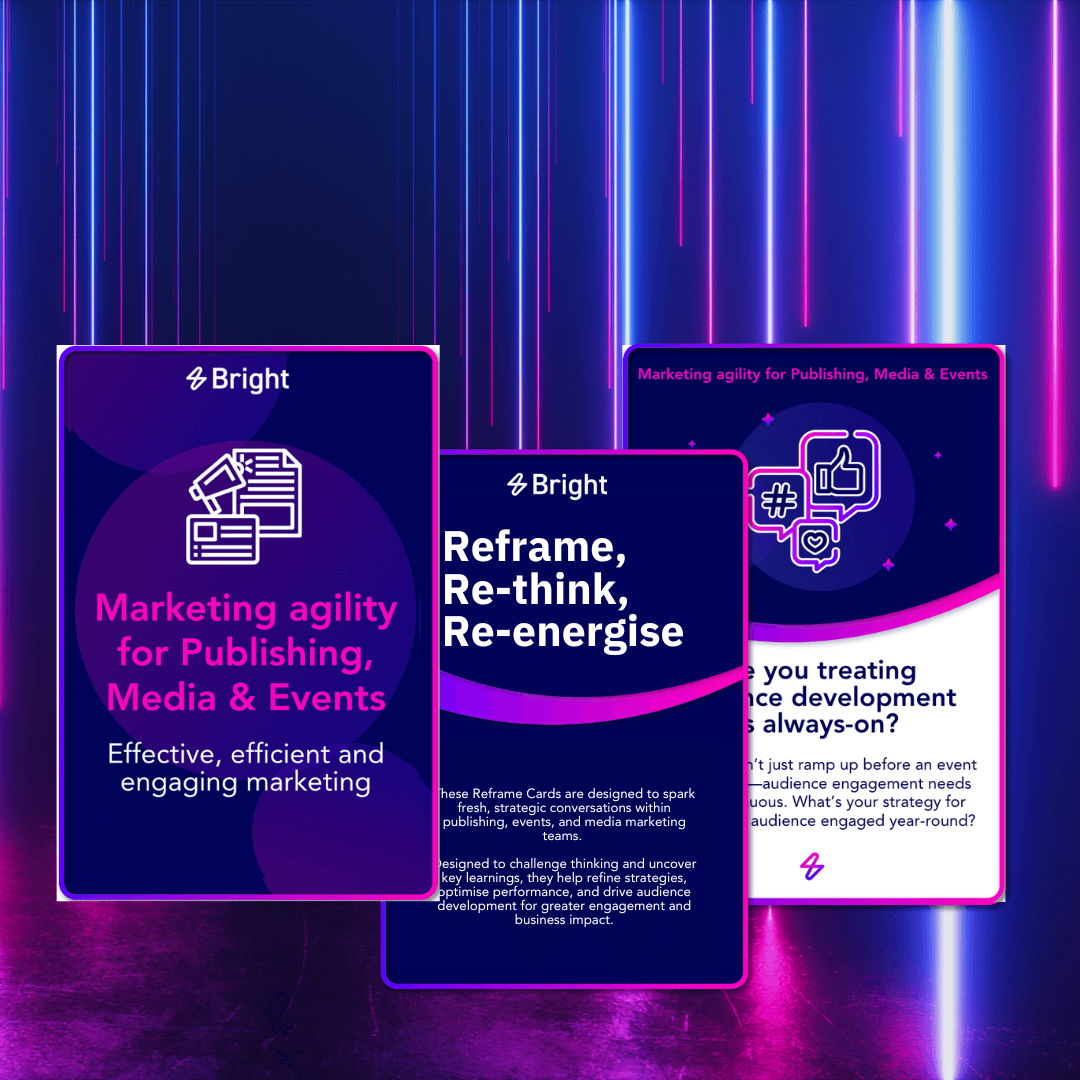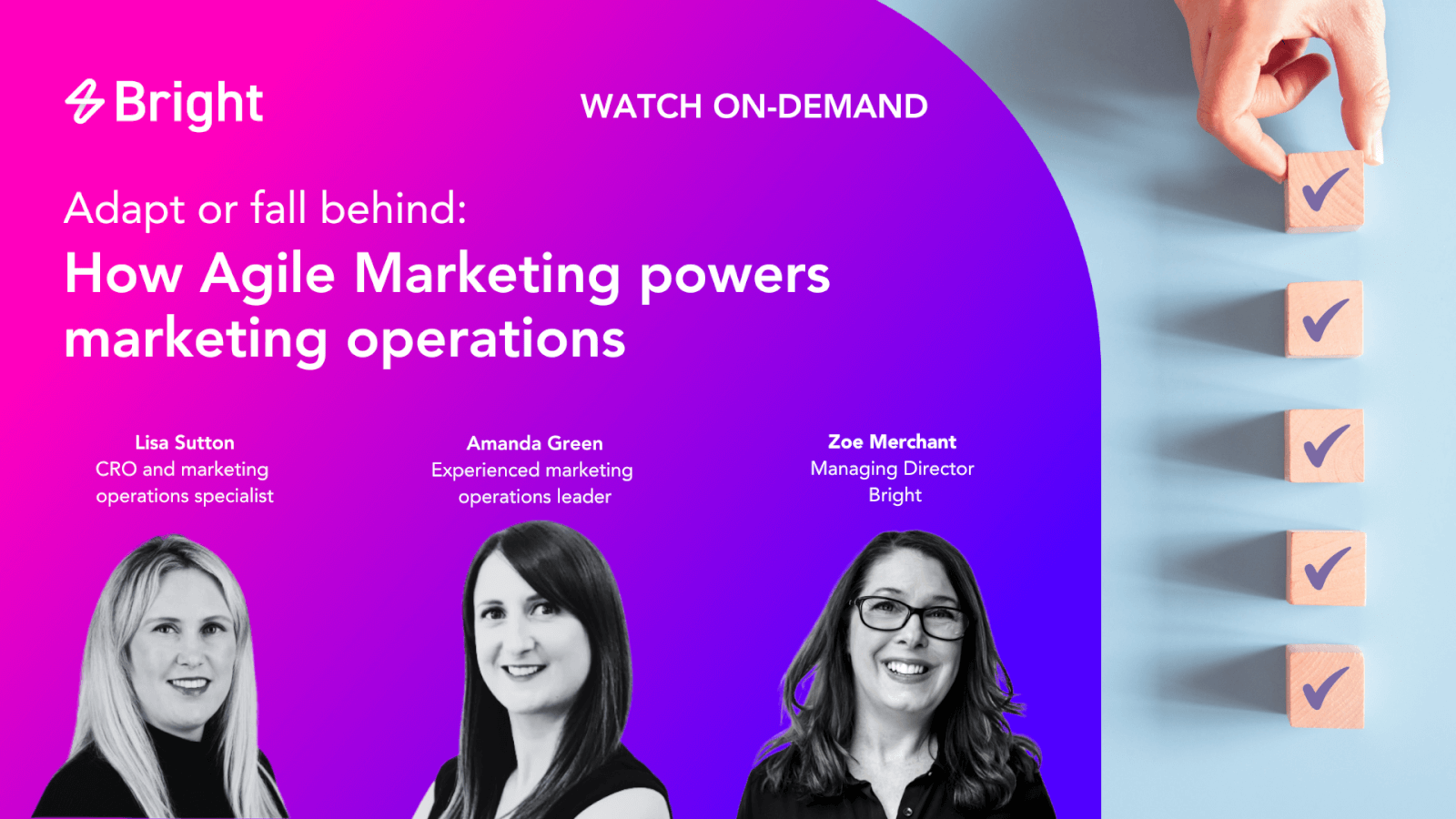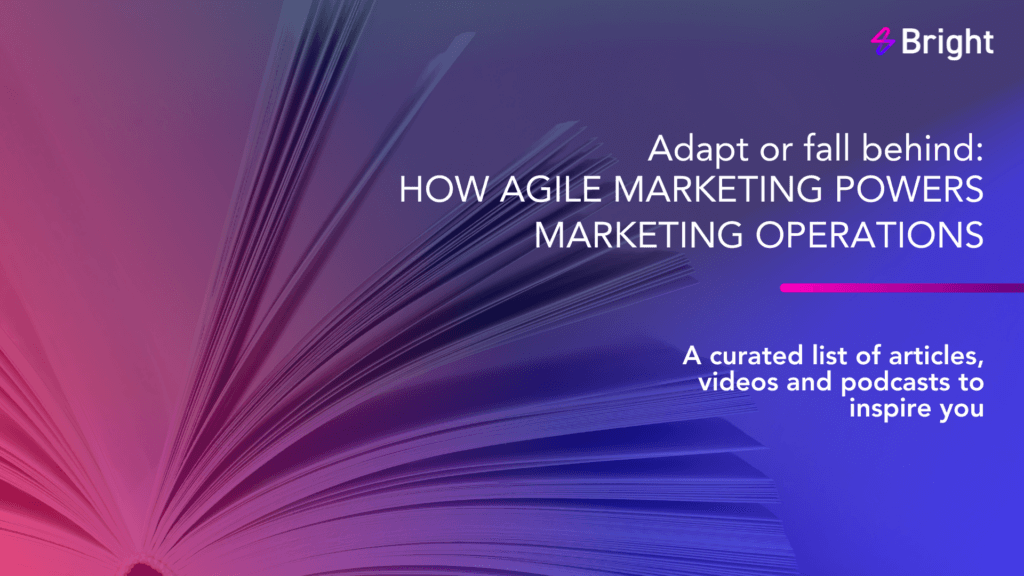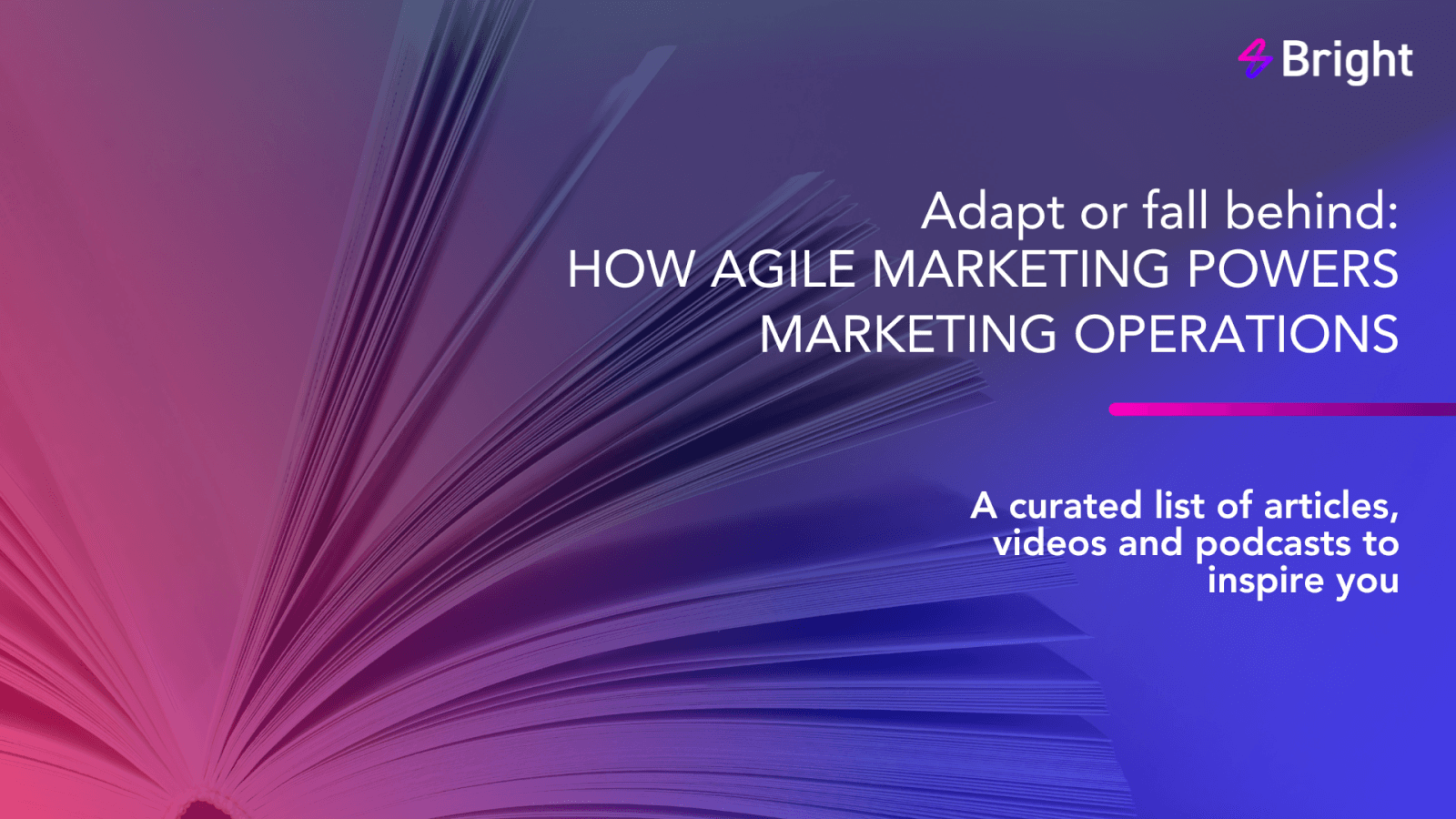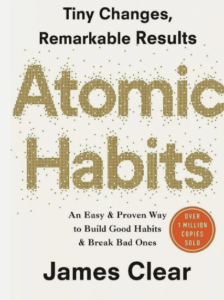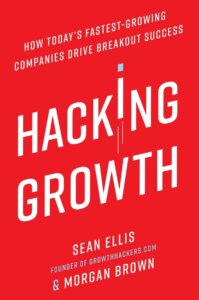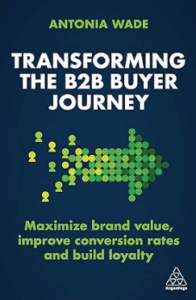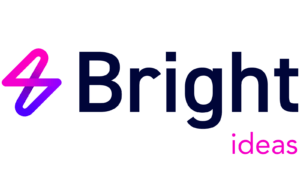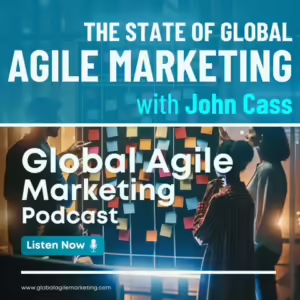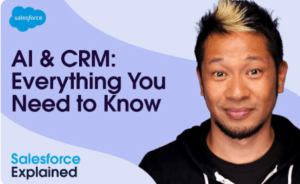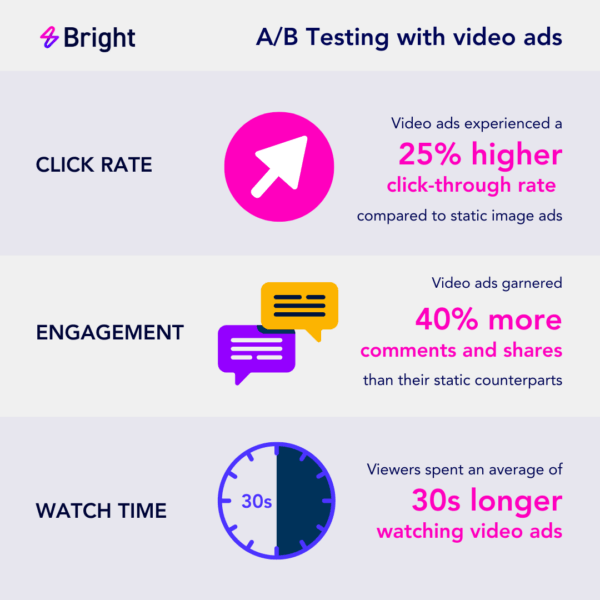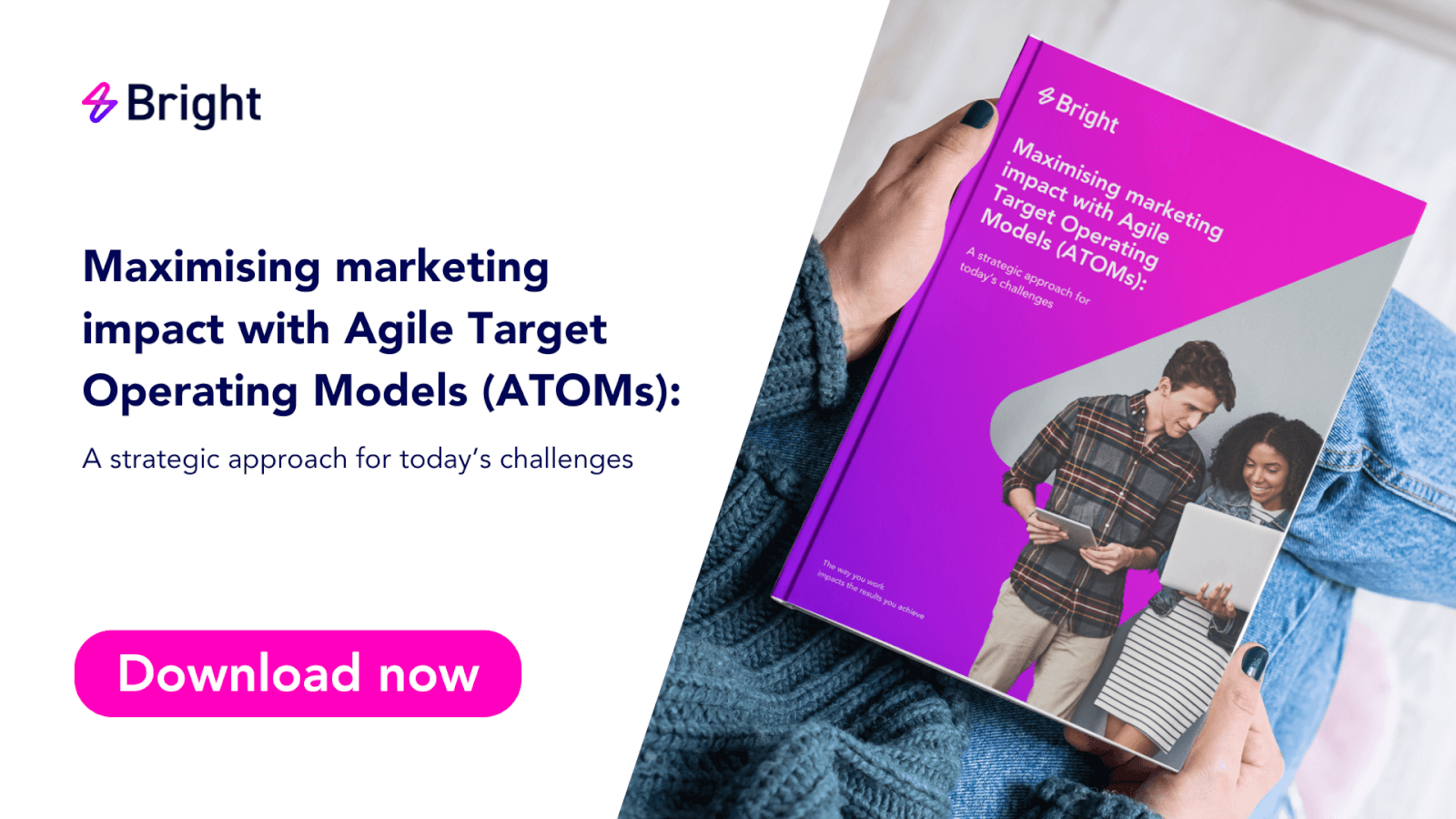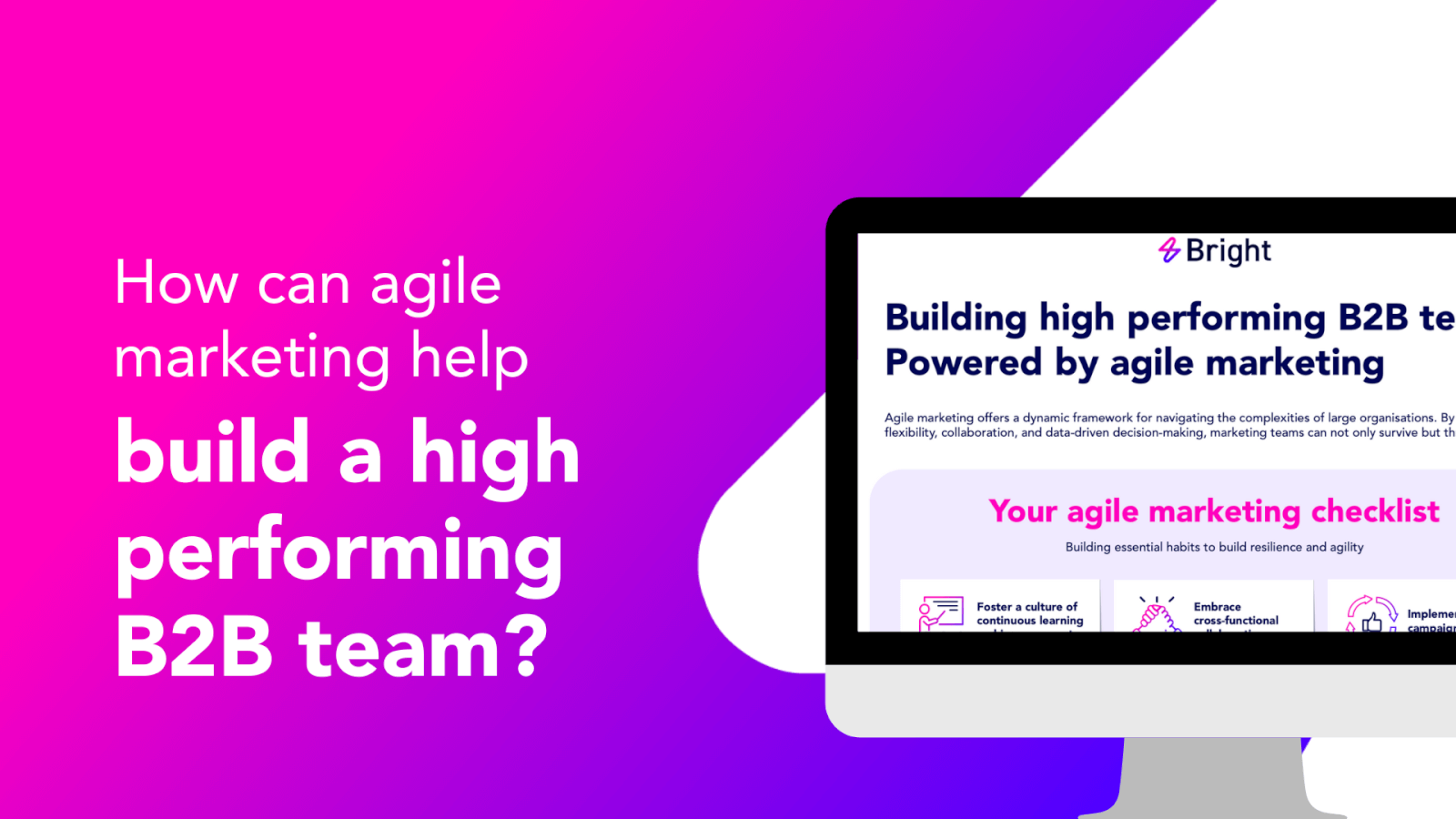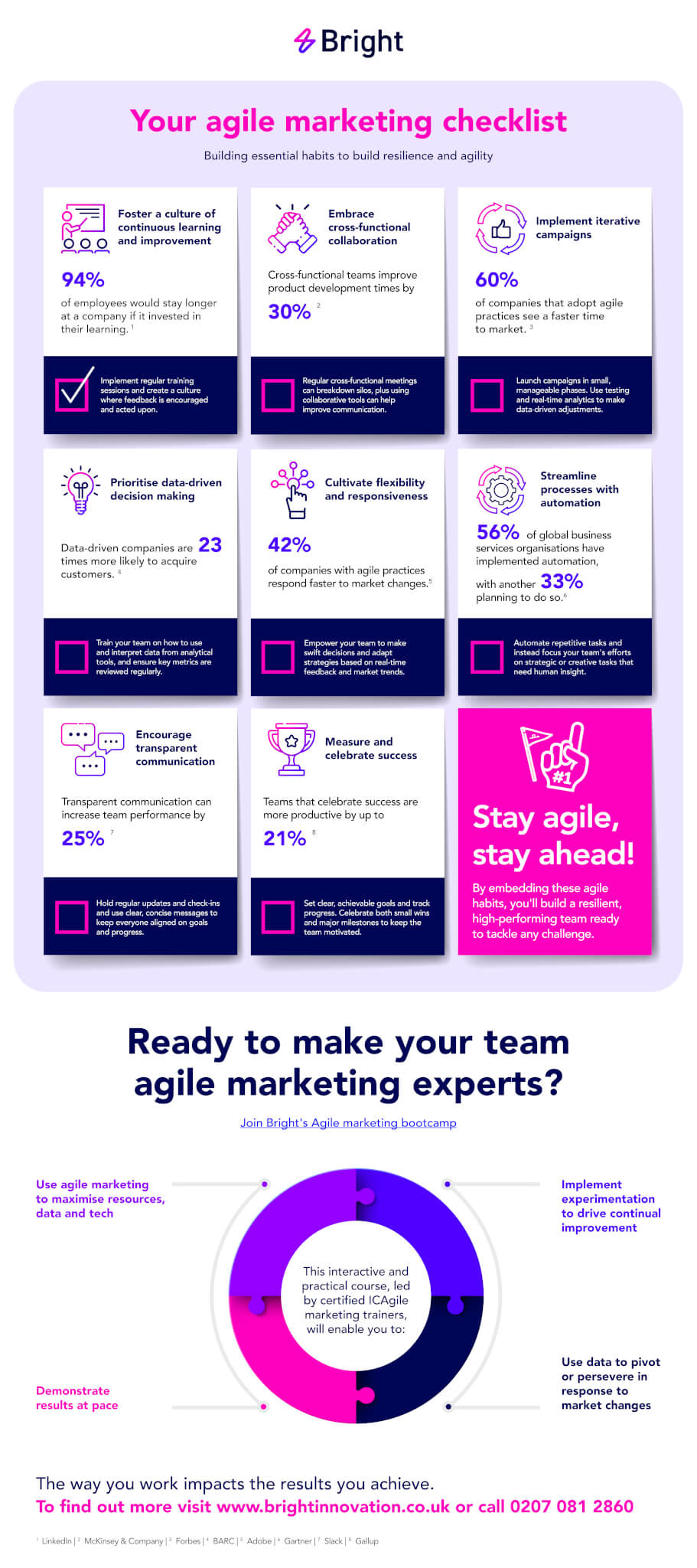How agile marketing operations unlock focus, faster impact & smarter decisions
At the latest Bright B2B Marketing Leaders Dinner, senior marketing leaders gathered to discuss how agile marketing operations are helping teams sharpen focus, drive efficiency, and make smarter decisions in an environment where budgets are tight, AI adoption is accelerating, and commercial impact is under scrutiny.
The discussion reinforced that marketing effectiveness isn’t just about running better campaigns—it’s about operational excellence. Agile methodologies are helping teams prioritise work more effectively, improve cross-functional collaboration, and ensure marketing is driving real business outcomes.
Key themes & takeaways from the discussion
1.Agile Marketing drives operational efficiency & data-driven decisions
For teams that have fully embraced agile marketing, the biggest benefits have been:
- Greater focus on high-impact activities and faster execution
- More efficient workflows using sprints, iterative planning, and test-and-learn approaches
- Smarter decision-making based on data rather than reactive execution
A key theme was the importance of data-driven prioritisation. Many teams are implementing a tiered KPI framework to align reporting with different audiences:
- Leadership KPIs focused on business impact, including revenue contribution, customer lifetime value (CLV), and marketing efficiency gains
- Operational KPIs measuring marketing performance, campaign effectiveness, audience engagement, and pipeline acceleration
- Sales & Marketing Alignment KPIs tracking conversion rates, deal velocity, and marketing-sourced revenue
Despite progress, many teams struggle with poor data hygiene, fragmented reporting systems, and inconsistent attribution models. This is not just a technical challenge; it’s an operational issue that limits agility.
With reporting being time-intensive, many marketing leaders are turning to agentic AI to streamline data collection, automate insights, and generate reports faster.
Key takeaway: Agile marketing provides the governance and structure needed to improve marketing operations, ensuring teams can optimise resources, refine attribution models, and use data to drive strategic decision-making.
2. The reality of reporting: What’s the point?
Marketing leaders agreed that reporting often feels like a box-ticking exercise rather than a strategic tool for decision-making. The key to simplifying reporting and driving action is:
- Defining the right metrics for the right audience – not overwhelming leadership with too much detail
- Finding internal advocates – ensuring senior stakeholders understand and champion marketing’s impact
- Moving beyond spreadsheets and PowerPoint decks – using storytelling techniques, impact reports, and video sizzle reels to showcase marketing’s contributions
AI is already playing a critical role in improving reporting efficiency, with many teams using AI-powered tools to:
- Automate data extraction and analysis – reducing manual reporting time
- Generate first drafts of insights and reports following meetings or campaign reviews
- Improve attribution accuracy and forecast performance trends
However, marketing leaders noted a challenge: efficiency gains from AI are often met with budget reduction pressures rather than being reinvested into higher-value initiatives.
Key takeaway: Agile marketing and AI are natural partners. Agile methodologies enable teams to rapidly test, deploy, and refine AI-driven workflows, ensuring AI supports strategic decision-making rather than just automating processes.
3. Brand vs Demand: Making the case for long-term investment
A recurring challenge is educating stakeholders on the role of brand marketing. Many leaders reported ongoing friction between brand-building efforts and demand generation priorities – with leadership often prioritising short-term pipeline impact over long-term brand equity.
The most effective marketing teams are:
- Integrating brand and performance KPIs – demonstrating how brand awareness contributes to demand efficiency
- Educating leadership on why brand investment must be always-on, rather than a discretionary spend
- Using data to prove impact – leveraging brand tracking studies and share-of-voice metrics to reinforce marketing’s contribution
Marketing leaders agreed that without brand investment, demand campaigns become less effective over time – yet many still find themselves having to re-justify spend that was already approved.
Key takeaway: Agile marketing can help bridge the gap by embedding brand and demand within iterative planning cycles, ensuring both are continuously optimised and aligned with commercial outcomes.
4. Budgeting battles: More agility, Less justification
Budgeting continues to be a major frustration for marketing leaders, with teams facing pressure to deliver more with less while constantly justifying spend.
Key challenges include:
- Incremental budget approvals – even when performance is on track, marketing leaders often need to re-justify their spend
- Lack of budget autonomy – teams are slowed down by needing approval for even minor adjustments
- Rigid annual budget cycles – preventing marketing from shifting investment based on real-time performance insights
To address these challenges, marketing leaders are advocating for:
- Agile budgeting cycles – where financial planning is reviewed quarterly rather than locked in annually
- Incremental budget releases – aligning spending with performance milestones rather than requiring constant approvals
- More flexibility in spend allocation – enabling marketing teams to shift investment based on data rather than fixed plans
Key takeaway: Applying agile methodologies to budgeting ensures that financial resources are allocated dynamically, based on measurable business impact rather than arbitrary planning cycles.
5. The one change marketing leaders would make tomorrow
When asked what single change would have the greatest impact, responses highlighted three major frustrations:
- Marketing should be recognised as a strategic function, not just a cost centre. Many teams still spend too much time justifying their existence rather than being trusted as a commercial growth driver.
- Breaking down silos is essential. Too often, marketing leaders still fight for a seat at the table, rather than being included in strategic discussions from the outset.
- More budget autonomy would unlock impact. Having to secure approvals for small spend adjustments slows down execution and limits agility.
Key takeaway: Agile marketing is not just about process – it is a strategic enabler that allows marketing teams to lead business transformation, drive AI adoption, and operate as a core commercial function.
Final thoughts: The future of marketing ops in B2B
The discussions reinforced that agile marketing is not just a methodology – it is an operational model that enables marketing teams to drive efficiency, improve alignment, and deliver measurable business impact.
As organisations continue to explore AI-driven transformation, the next frontier for marketing leaders is ensuring AI adoption is integrated using agile frameworks, balancing automation with strategic oversight.
Our next Marketing Leaders Dinner will explore Agentic AI in B2B Marketing, focusing on how AI can support autonomous decision-making and dynamic marketing execution.
If you’d like to be part of the conversation – get in touch and request an invite here.

